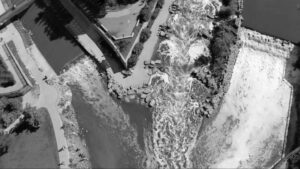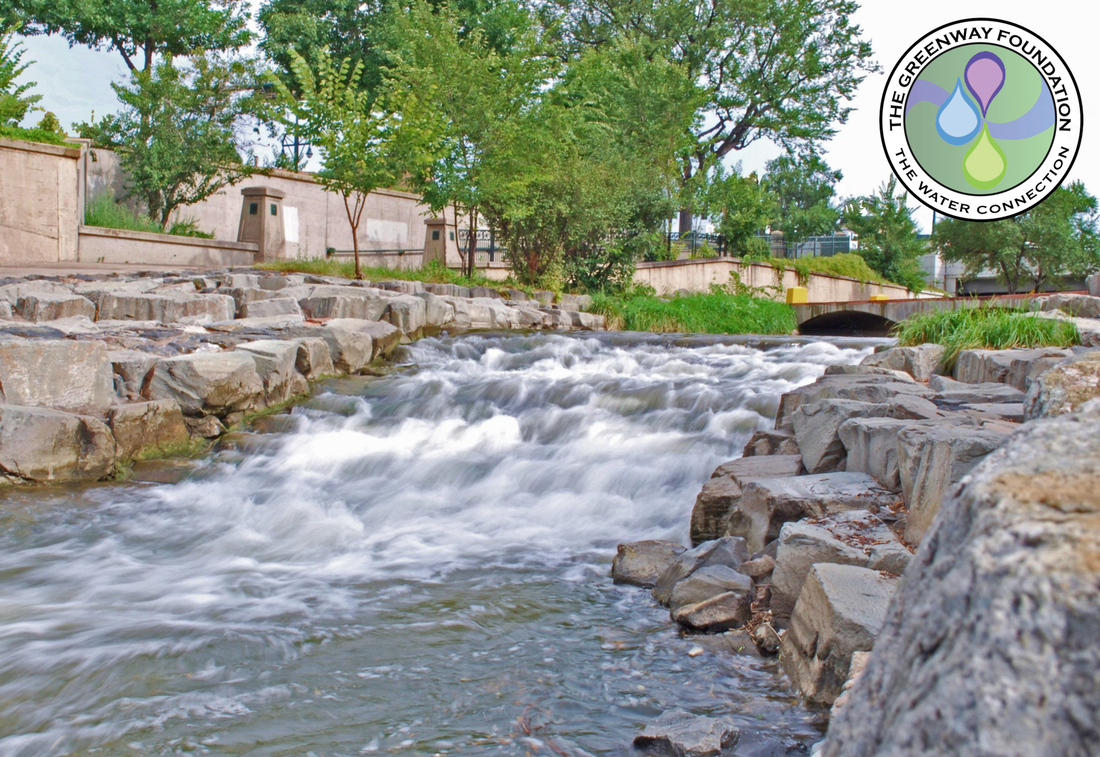What comes to mind when you think of the Census? Is it nuisance paperwork? Is it a demographic headcount that determines how your local congressional district is redrawn? Does it provide funding on a per person basis for health services, education programs, and new roads? If you answered yes to any of these questions, you are correct! But there is so much more to this once-a-decade event.
Federal and state entities use census data every year to inform funding decisions for numerous programs. In fact, 132 federal programs used data from the Census Bureau to distribute more than $675 billion in 2015 (Hotchkiss and Phelan, 2017). Non-profit programs, such as The Water Connection, can apply for these federal funds to complete projects on the local level.
Some of the programs that received a portion of this large sum in 2015 include:
- Water and Waste Disposal Loans and Grants
- Water and Waste Disposal Systems for Rural Communities
- Water Pollution Control: State, Interstate and Tribal Program Support
- Water Public Water System Supervision
- Emergency Community and Water Assistance Grants
- Emergency Watershed Protection Program
- Grant Program to Establish a Fund for Financing Water and Wastewater Projects
- State Underground Water Source Protection
- State Public Water System Supervision
In 2019, $1.91 billion was allocated to just the Water and Waste Disposal Loan and Grant program (Lee and Brumfield, 2019). This loan and grant program funds a variety of water related projects: safe drinking water systems, sanitary disposal of sewage and solid waste, and efficient stormwater drainage for both residential and commercial properties (USDA 2015).
All 8 of the programs above focus on water in some form or fashion. However, there are numerous other programs that focus on nature and the environment as well, such as the Hazardous Waste Management State Program Support or the Wildlife Restoration Program (America Counts Staff, 2020).
There is no way of knowing exactly how much funding Colorado programs will receive in future years. We do know that it will be much less than it could have been if people in our community fail to complete and submit their Census 2020 Questionnaire.
So if you are looking for a way to help out your local community and waterways from home, start by filling out your census today! You can now submit your information online: Click here for the 2020 Census Questionnaire.
Sources:
America Counts Staff. (2020, February 27). “2020 Census Will Inform Funding for Environmental Programs. Including Mass Transit”. Census Can Help Cities Go Green. Retrieved from: https://www.census.gov/library/stories/2020/02/census-can-help-cities-go-green.html
Hotchkiss, Marisa and Jessica Phelan. (Issued September 2017). “Uses of Census Bureau Date in Federal Funds Distribution: A New Design for the 21st Century”. Version 1.0. Retrieved from: https://www2.census.gov/programs-surveys/decennial/2020/program-management/working-papers/Uses-of-Census-Bureau-Data-in-Federal-Funds-Distribution.pdf
Lee, Jae June and Cara Brumfield. (November 2019). “The 2020 Census & the Environment: How Census Data are used for Environmental Justice & Climate Action”. Factsheet. Retrieved from: https://www.georgetownpoverty.org/wp-content/uploads/2019/11/GCPI-ESOI-Census-Environment-20191106.pdf
U.S. Department of Agriculture, Rural Development. (2015, January 13) Water & Waste Disposal Loan & Grant Program. Retrieved from: https://www.rd.usda.gov/programs-services/water-waste-disposal-loan-grant-program


